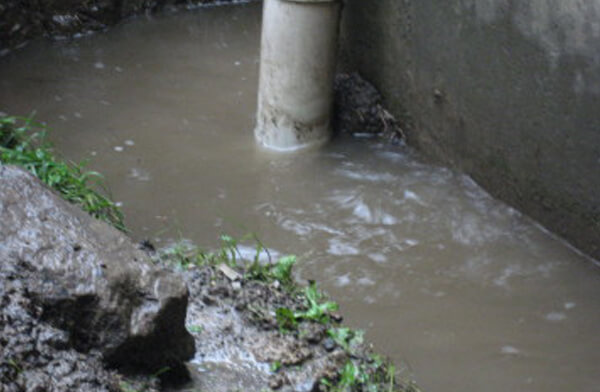Overview To Water Leak Detection At Home
Overview To Water Leak Detection At Home
Blog Article
This post down below pertaining to Locating water leaks is particularly fascinating. Give it a try and draw your own personal conclusions.

Early detection of leaking water lines can mitigate a prospective catastrophe. Some tiny water leakages may not be noticeable.
1. Examine the Water Meter
Every residence has a water meter. Inspecting it is a guaranteed manner in which aids you discover leakages. For starters, shut off all the water sources. Guarantee no one will flush, utilize the faucet, shower, run the washing equipment or dish washer. From there, go to the meter and watch if it will transform. Since nobody is using it, there should be no motions. If it moves, that suggests a fast-moving leak. Also, if you identify no changes, wait a hr or 2 as well as examine back again. This suggests you may have a sluggish leak that could also be below ground.
2. Check Water Intake
If you detect sudden adjustments, regardless of your consumption being the very same, it suggests that you have leaks in your plumbing system. A sudden spike in your costs suggests a fast-moving leakage.
Meanwhile, a consistent rise every month, despite having the same routines, reveals you have a slow leakage that's likewise gradually intensifying. Call a plumber to completely examine your residential or commercial property, specifically if you feel a warm area on your flooring with piping underneath.
3. Do a Food Coloring Examination
When it comes to water usage, 30% originates from commodes. Test to see if they are running correctly. Decrease specks of food shade in the storage tank as well as wait 10 mins. If the shade in some way infiltrates your dish during that time without flushing, there's a leak in between the container as well as dish.
4. Asses Outside Lines
Don't neglect to examine your outside water lines also. Must water permeate out of the link, you have a loose rubber gasket. One small leakage can throw away lots of water as well as spike your water bill.
5. Check and Assess the Situation
House owners must make it a routine to inspect under the sink counters and also inside cabinets for any bad odor or mold and mildew development. These two warnings suggest a leakage so timely interest is required. Doing routine inspections, even bi-annually, can conserve you from a major trouble.
If you know your house is currently old, maintain a careful eye on your heating units, hose pipes, pipes etc. Check for stainings and also damaging as most home appliances as well as pipelines have a life expectancy. They will certainly likewise normally wear away because of deterioration. Don't wait for it to escalate if you suspect dripping water lines in your plumbing system. Call an expert plumber today so you do not end up with a terrible mess in your house.
Early detection of leaking water lines can minimize a potential catastrophe. Some little water leaks may not be visible. Inspecting it is a proven method that aids you uncover leaks. One tiny leak can squander heaps of water and also increase your water costs.
If you suspect leaking water lines in your plumbing system, do not wait for it to intensify.
WARNING SIGNS OF WATER LEAKAGE BEHIND THE WALL
PERSISTENT MUSTY ODORS
As water slowly drips from a leaky pipe inside the wall, flooring and sheetrock stay damp and develop an odor similar to wet cardboard. It generates a musty smell that can help you find hidden leaks.
MOLD IN UNUSUAL AREAS
Mold usually grows in wet areas like kitchens, baths and laundry rooms. If you spot the stuff on walls or baseboards in other rooms of the house, it’s a good indicator of undetected water leaks.
STAINS THAT GROW
When mold thrives around a leaky pipe, it sometimes takes hold on the inside surface of the affected wall. A growing stain on otherwise clean sheetrock is often your sign of a hidden plumbing problem.
PEELING OR BUBBLING WALLPAPER / PAINT
This clue is easy to miss in rooms that don’t get much use. When you see wallpaper separating along seams or paint bubbling or flaking off the wall, blame sheetrock that stays wet because of an undetected leak.
BUCKLED CEILINGS AND STAINED FLOORS
If ceilings or floors in bathrooms, kitchens or laundry areas develop structural problems, don’t rule out constant damp inside the walls. Wet sheetrock can affect adjacent framing, flooring and ceilings.
https://www.servicemasterbyzaba.com/blog/how-to-detect-water-leakage-in-walls/

I recently found that blog entry about Hacks to detect leaks when doing a lookup on the web. Sharing is nice. You just don't know, you may just be doing someone a favor. I appreciate reading our article about Finding hidden leaks.
Report this page